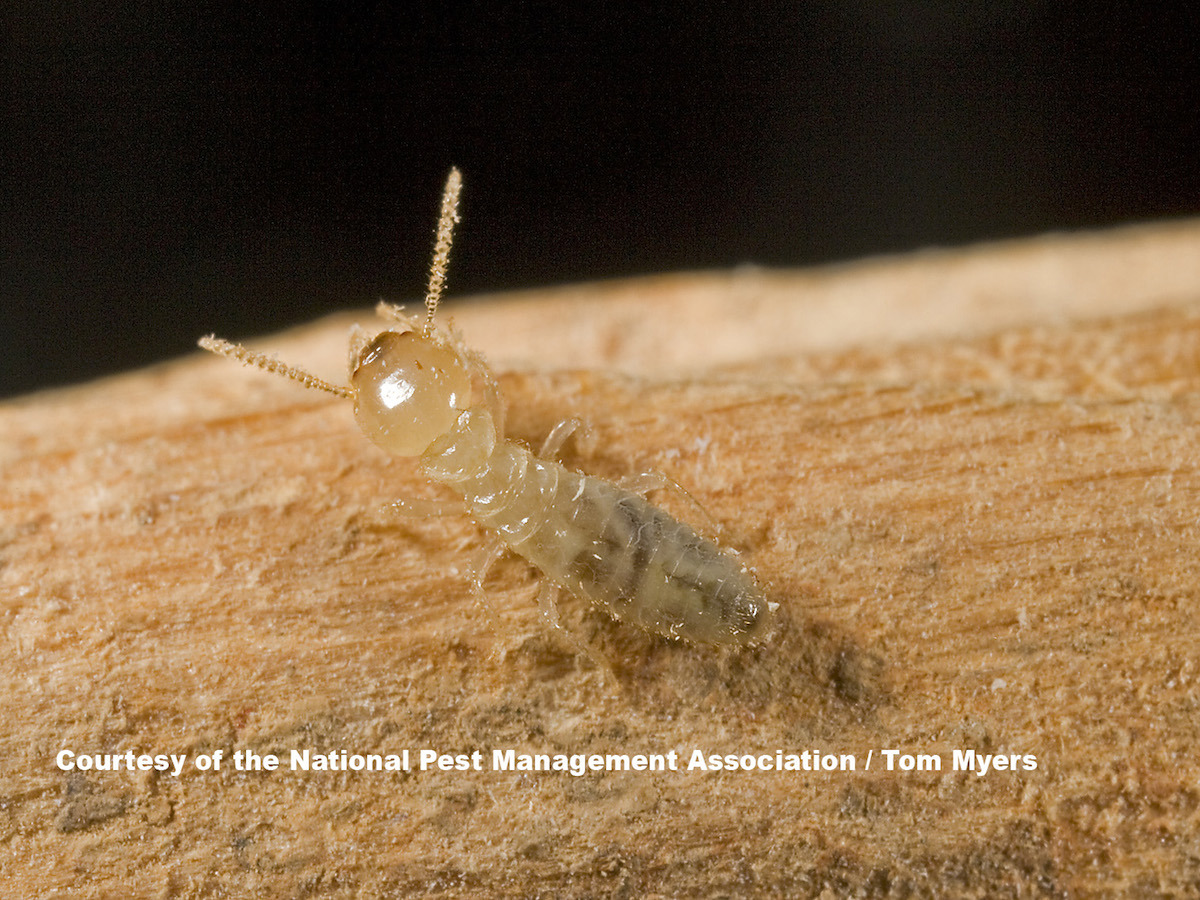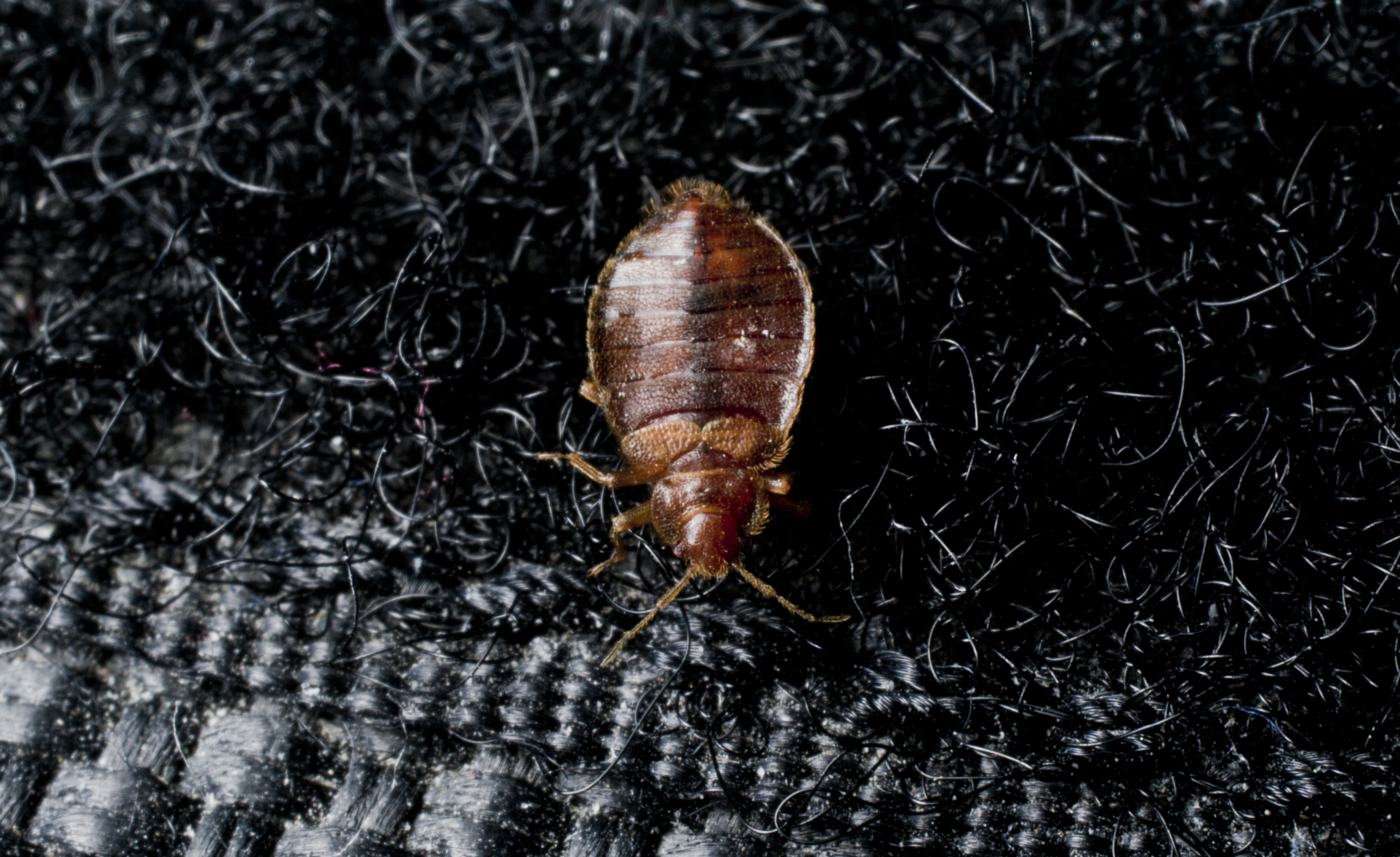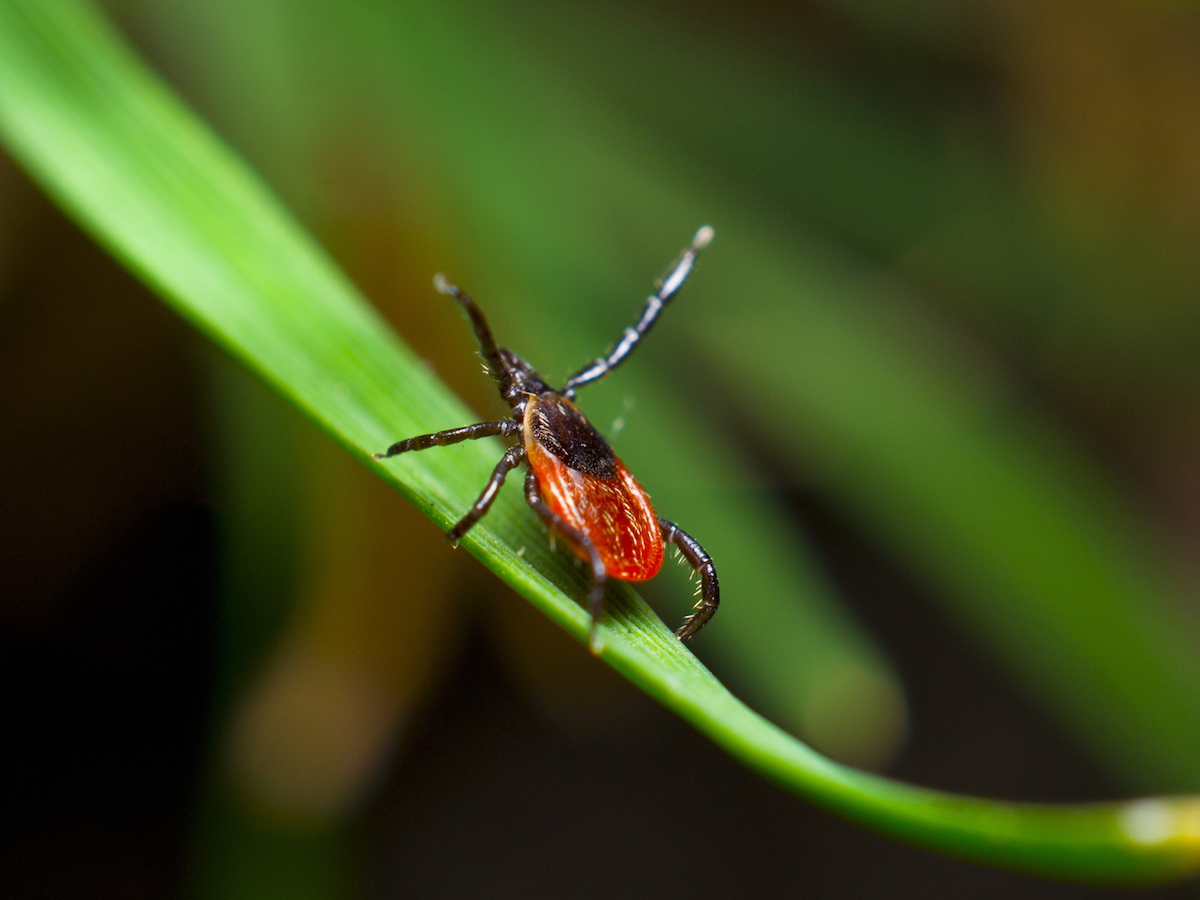Carpenter Ants 101
The real risks posed by these tiny pests

Did you know that there are more than 700 species of ants in the United States? In fact, ants are the number one nuisance pest in the country. Fortunately, most common ant species – like odorous house ants, pavement ants and Argentine ants – pose little threat beyond the annoyance of an infestation, but some ant species – like carpenter ants – can pose serious threats.
What’s the risk?
What do carpenter ants do? Are carpenter ants bad for your home? Of all the ant species, carpenter ants are one of the most problematic. They can cause serious property damage to homes and other buildings. Carpenter ants get their name because they excavate wood in order to build their nests. Their excavation results in smooth tunnels inside the wood. Much like termites and other wood destroying insects, this excavation can compromise the structural soundness of the wood over time. You may wonder: "Is carpenter ant damage covered by homeowners insurance?" Although policies can vary, many do not cover damage caused by carpenter ants.
Where are carpenter ants found?
There are nine types of carpenter ants in the U.S. These pests are most commonly found in cool, damp climates in the northern regions of the country.
Carpenter ants build their nests in various wood sources, including tree stumps, fence posts, firewood or landscaping. They prefer to attack wood that has been wet or damaged as a result of leaks. Indoors, this means they are often found in damaged window and doorframes, crawlspaces under roofs, chimneys, sinks and bathtubs.
A mature carpenter ant colony can contain more than 10,000 workers. In large colonies, it is not uncommon to have multiple nests inside structures as well as outdoors.
Carpenter ants usually gain access to buildings through cracks around doors and windows, holes for wires, or straight through wet, damaged wood. They will also crawl along overhead wires, shrubs, or tree limbs that touch the building far above the ground. Although carpenter ants first invade wet, decayed wood, they may eventually build paths through dry, undamaged wood, too.
How do I spot carpenter ants?
Carpenter ants are larger than most other ant species. They range in size from one-quarter inch for a worker ant to up to three-quarters of an inch. They are black or red, or sometimes a combination of both colors.
Typically, carpenter ants act as “silent destroyers,” quietly tunneling through wood without any external signs of damage. In some cases, homeowners may notice wood fragments and sawdust that fall through cracks the ants have created. Badly damaged wood will have small openings, like little windows.
How do I prevent carpenter ants?
Carpenter ants can be destructive, and the damage they cause can be expensive to repair. The best way to treat this pest is to prevent them before they ever find a way into your home. Here's what to do about carpenter ants.
For one, carpenter ants need a constant water source to survive, so eliminating moisture or standing water on your property can help to deter them. Consider using a dehumidifier in crawl spaces, basements and attics that are prone to dampness.
Homeowners can also trim tree branches and shrubs away from their home, as these often provide highways inside for ants and other pests. In addition, fill any gaps or cracks on the outside of the home with silicone caulk. Firewood and other wood building materials should be stored at least 20 feet from your home, and at least five inches off of the ground.
Most importantly, keep a close eye on your property for signs of carpenter ants. Inspect wood on your home for the appearance of small openings or sawdust. And if you suspect you have a carpenter ant infestation, contact a licensed pest professional right away. The sooner carpenter ants are treated, the less serious the damage is likely to be.

What is a Termite Inspection and Do You Need One?
The answer: YES! This pest can cause significant and costly damage to your home. Read on to find out how.

Bed Bug Pest Guide
Traveling for the holidays this year? Be sure to keep an eye out for bed bugs! Use our Pest Guide to help identify this pest.

NPMA's TickTalk
Check out NPMA's TickTalk.org for information about this pest, including the various species and health threats they pose.
Find a PEST PRO in your area

What is a Termite Inspection and Do You Need One?
The answer: YES! This pest can cause significant and costly damage to your home. Read on to find out how.

Bed Bug Pest Guide
Traveling for the holidays this year? Be sure to keep an eye out for bed bugs! Use our Pest Guide to help identify this pest.

NPMA's TickTalk
Check out NPMA's TickTalk.org for information about this pest, including the various species and health threats they pose.
